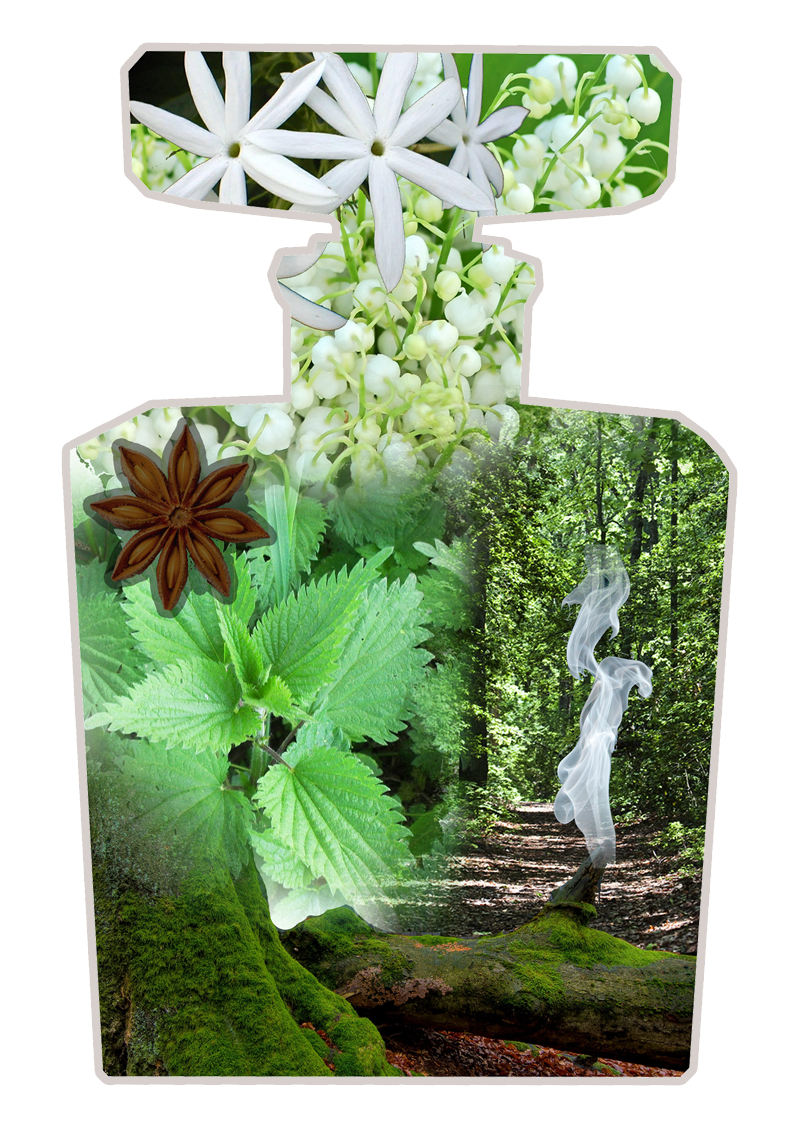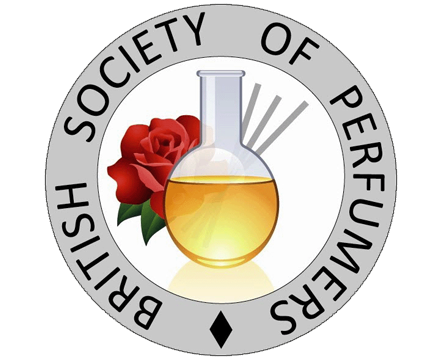Perfume, Poetry and Pictures
On the wings of a moth
The Light Trap poem tells the tale of a moth, flitting through woods from dusk to dawn, encountering dangers. This was translated into a scent ‘moths wings’
My intentions were to make a fragrance to be intriguing and draw you in, like the poem. Also that no one could say immediately ‘it smells of…’. I wanted a softness to the perfume: a feeling to be created in the nose to represent the moths wings. I also wanted to create a fragrance journey that at different points showed changing light, dusk then darkness but becoming lighter towards dawn; the environment with nettles, wood, moss, green buds, bramble branches and a distant threat of smoke. At the same time I wanted to capture the pheromone trail. The perfume needed to straddle between the real and imagined world of this moth.
The image to represent it was created later and expressed the scent impression:
The Light Trap by Professor David Morley
What, a watcher asks, distinguishes one moth from another?
The time-cut characteristic of the Hebrew Character is a black cradle etched near the nub of the forewing.
This figure tells between this moth and other night-flyers, the Powdered and the Common Quakers, that rest with wings tilted tent-wise over their bodies.
Tent-like, this is the moth’s awning in the breeze.
Inside that dark you sense the saucepans of her eyes.
The devil’s detail. A closer glance at that mark will yield a mantle, a gleaming tunnel through a wold or world.
The leading edges of her wings are pommelled ash-brown as if soldered fastidiously then battened.
Turn a torch on blossoming brambles in Hay Wood or Oversley Wood, you elicit these drab charismatics idling through April between thorns and flowers.
Arden wove Warwickshire between these woods, not one tress pinned with sonnets but with spider web, their lungs invisibly inhaling downdrafts of moth wings.
The Hebrew Character once ignited from those brambles to tremble after lamps, limping in scorched encirclements her antennae addled and numbed from a night’s candles;and in her coming to flame, secreting scent-tails, perfumes against air, called out for her quivering courtiers, her night-flight trailing pheromones, flaring lovers.
In faith and blindness, flowing like hours from dusk to dawn the Powdered and Common Quakers will have flown, then the Delicate, the Wainscot and the Uncertain, the Great Brocade, Dusky Sallow and the Lunar, the Clouded Drab, Neglected Rustic and the Shears.
Fire, a watcher warns, distinguishes no moth from another.




